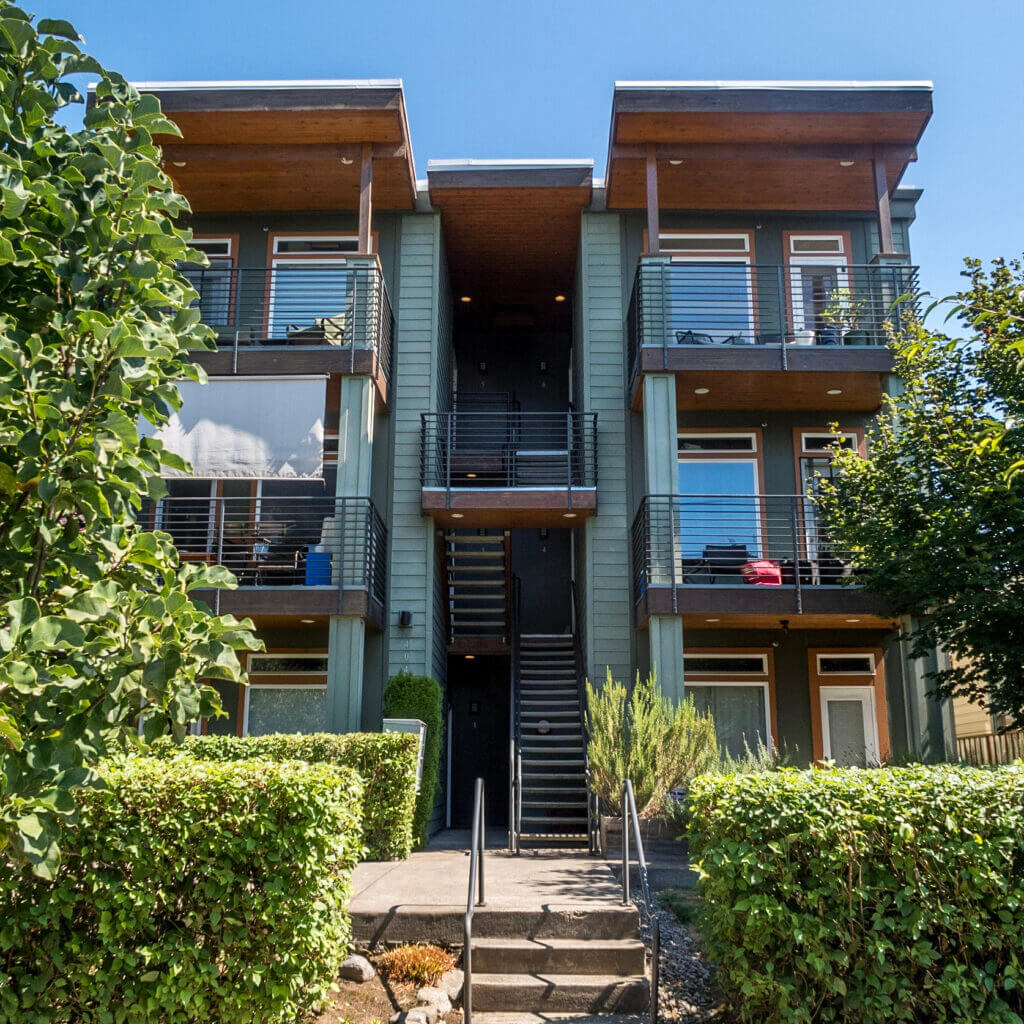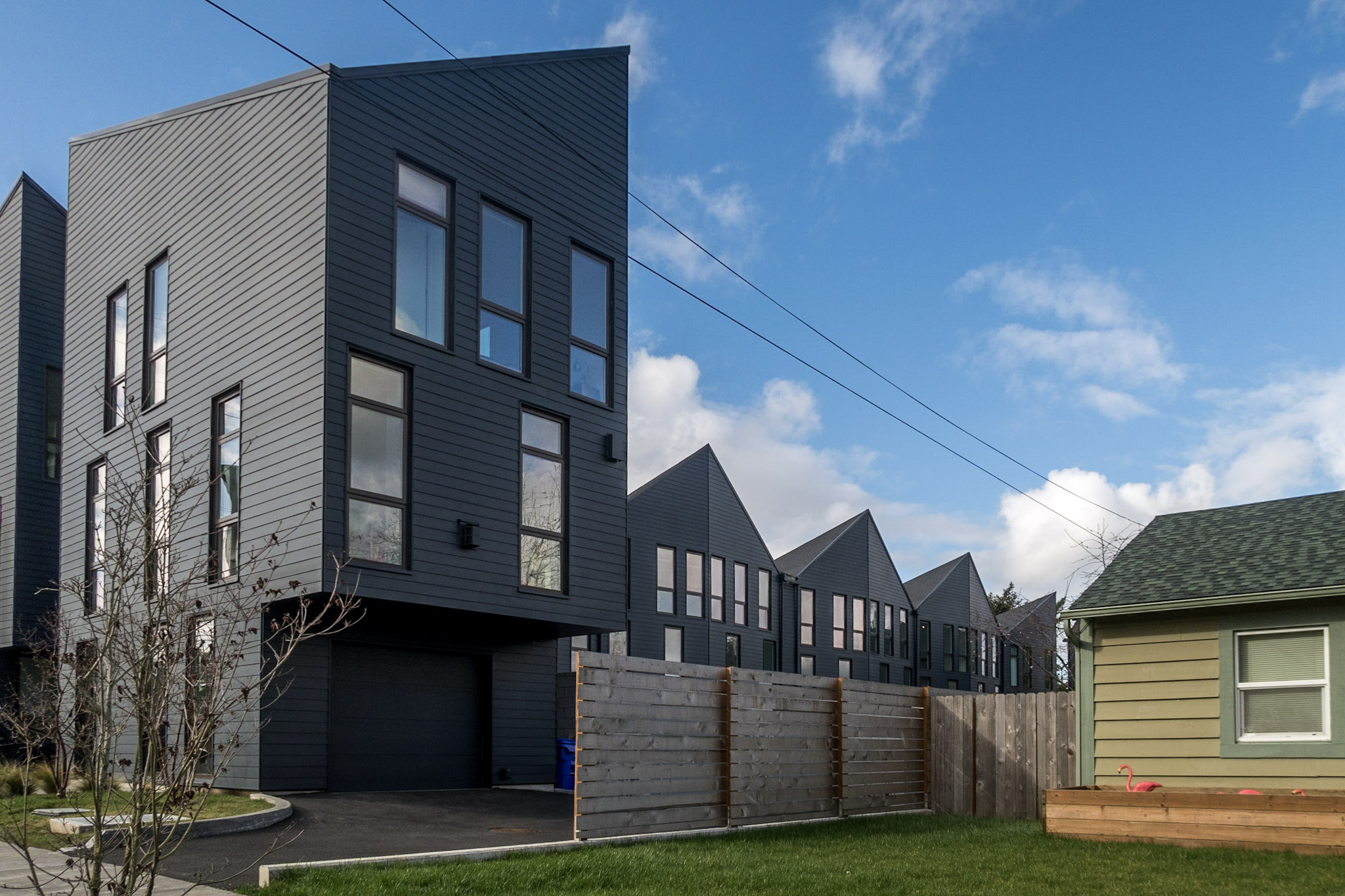Does new housing pay for itself? Local governments often weigh the anticipated revenue from new dwellings against the increased costs for police, fire, schools, and infrastructure. This post explores how economies of scale, creditworthiness, and compact development tip the balance in favor of growth.
In the course of our housing work, some local governments ask us about the fiscal “break-even point” for new housing. Will the new housing pay for itself in terms of the additional cost-to-serve, additional police, additional wear and tear on the roads, additional emergency services, and additional students in the school system versus the per dwelling revenues from property tax revenue (and other revenues that may apply)?
Thankfully, economies of scale are in the local government’s favor. Research by Bettencourt et al. (2007) demonstrates that the new need for infrastructure scales sublinearly with population. This means that the cost of providing essential services per household decreases because the new homes leverage existing infrastructure and distribute expenses such as police, fire protection, and parks across more households.
More precisely, the relationship between growth and overall expenses is nonlinear as cities achieve 15% efficiency gains in infrastructure and service provision for each doubling of population. A 10% increase in housing units would only require about 8.5% additional resources as cities provide essential services like police, fire protection, and parks at a lower per-unit cost. When thinking about the “break-even point”, this beneficial economy of scale discounts how much revenue new homes would have to generate to cover their associated marginal cost-to-serve.
There are some practical implications for how economies of scale can help local governments:
- Efficient Infrastructure: Infrastructure such as roads, water systems, and energy networks do not need to double when the population doubles. Instead, they increase by a smaller factor (around the 0.8 power of population growth). As more households are added, the per capita demand for infrastructure decreases. This translates into more efficient service delivery and potentially lower relative costs for expanding services.
- Fiscal Implications: Adding new households is less likely to strain municipal finances because the incremental infrastructure cost is lower than a one-to-one increase. The built-in efficiency means that growth can, in fact, improve fiscal health by spreading costs over a larger population.
- Increased productivity: While infrastructure scales sublinearly, there is a superlinear scaling of employment, wages, and even inventions. Knowledge spillovers and economic activity increase wealth faster as the network expands.
- Better credit rating: More populous communities receive higher bond ratings from S&P (paragraph 46), with the rationale that larger communities have more diversified economies. Simply, population size correlates with economic base diversity, which correlates with creditworthiness.
If the new housing would contribute to population density (i.e. through infill or new compact neighborhoods), the new housing would have an even larger discount. Research by Jeremy Mattson (2021) shows how increasing population density achieves discounted costs for fire protection, streets and highways, parks and recreation, sewer, solid waste management, and water. Increasing population density has other economic benefits beyond municipal balance sheets, including reducing the negative externalities of traffic and pollution and improving health outcomes for residents.

In summary, as cities add housing, the cost of providing essential services per household decreases because the new homes leverage existing infrastructure and distribute expenses such as police, fire protection, and parks across more households at a predictable rate.
